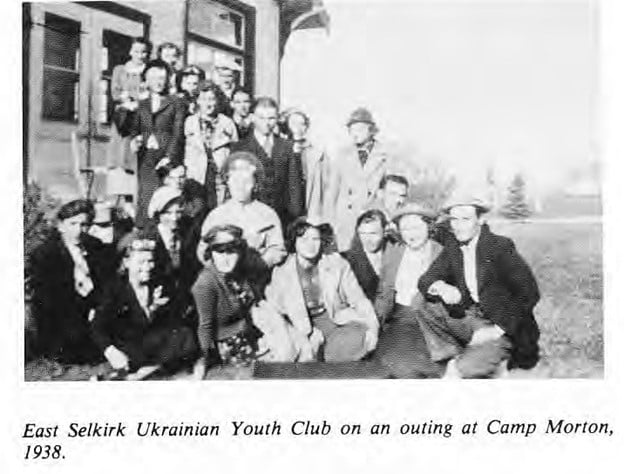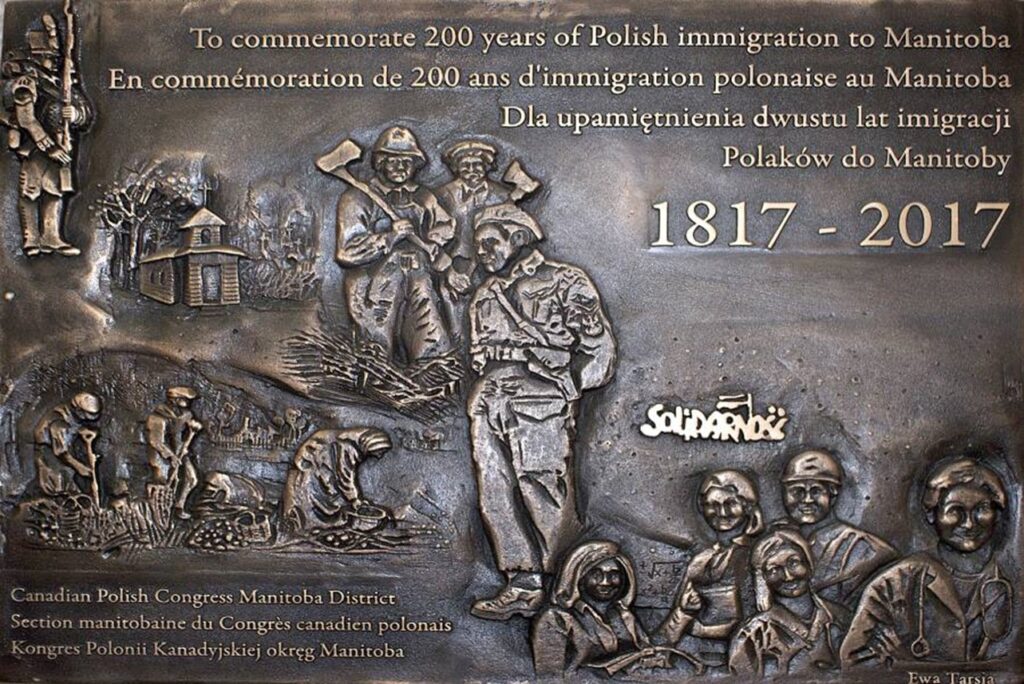In many ways culture is what connects a society. It can give us an identity and can be a reflection of what a community values. Many immigrants would have been homesick far away from family and friends. Culture would have connected hundreds of people together and strangers would have turned into family.
Ukrainians Come to Canada
The government wanted Ukrainians to populate the prairies because they were tough and capable of enduring the harsh Canadian winters. Farm settlements were in close proximity to each other in order to give the new migrants a sense of security. After all they had just uprooted their lives and who else would relate to them than others that had done the same. Ukrainians established local reading rooms and community centers and even had their own newspapers. They established Bilingual schools which provided children with schooling in both Ukrainian and English. Education hostels were also started for students, some attending high school and even University.

Ukrainians wanted to become a distinct population within Canada. They wanted to show Canada and Canadians that they were hard working people with their own customs and culture and moving across the world would not stop them from being who they were. Once more Ukrainian settlements were established, like in East Selkirk, Ukrainian migrants became more comfortable within Canadian society and began to partake in Canadian activities.
Polish Immigrants in Selkirk
Polish culture has been in Selkirk a lot longer than people would guess. Lord Selkirk supported 10 Poles on their journey to the Red River Settlement in 1817 from Montreal. Only 19 years earlier Poland was divided between three empires: The Russian Empire, the Austro-Hungarian Monarchy, and the Kingdom of Prussia. Many joined Napoleon’s armies and to their surprise they fought against the British Army. Those who were captured were made prisoners of war. They would be released if they agreed to serve in the British forces in the colonies. Some were sent to Montreal and that is where Lord Selkirk chose his 10 Poles to be part of his expedition.
In the 1870s some Poles came to Manitoba as farmers. A Polish family arrived in Selkirk in 1904 on their way to Winnipeg Beach. The family consisted of a mother, father, and two children. They walked from Selkirk to Winnipeg Beach carrying everything they had. Many migrants had stories just like this where they had to carry everything they had and walk hundreds of miles. Many found jobs in mines, forestry, and public works.
The 1930s saw the arrival of Polish community clubs that were used to maintain Polish customs and traditions. The first Polish newspaper was established in 1904 in Winnipeg with a second one being established in 1908 also being in Winnipeg. The Polish Women in Canada Federation was established in the 1950s along with different dance and folk groups popping up around the country.

Cultural Impact
Today we still see both Ukrainian and Polish cultures in our community. East Selkirk Middle School and Happy Thought School have the English-Ukrainian Program, Both East Selkirk and Selkirk have Ukrainian churches, and there is even the Selkirk and District Ukrainian School of Dance. There are multiple Polish dance companies within Winnipeg, the Canadian Polish Athletic Organization, and a Canadian Polish Retirement home in Winnipeg on Selkirk Ave.
Much time has passed since Ukrainian, Polish, and other cultures have immigrated to our beautiful province, but their impact on our society is very evident. Canada has seen many migrants attempt to make a living and support their families while still maintaining their culture and ways of life. Culture helped and still helps those who are leaving all they know behind them.

